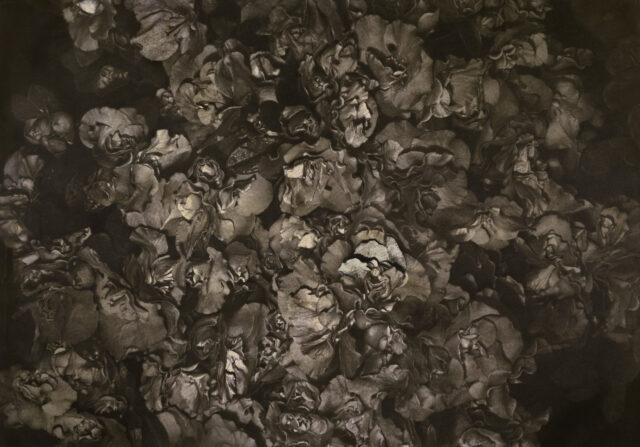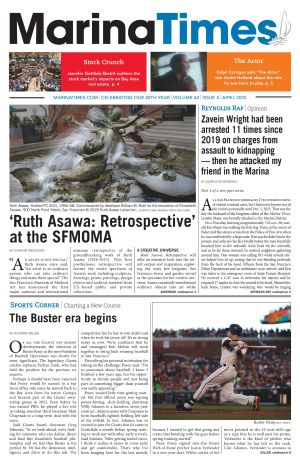The SFMOMA presents the first survey exhibition in the U.S. of artist Kunié Sugiura, who for more than 60 years has explored the intersections between photography and painting. Born in Japan and living in the U.S. since the 1960’s, she created work with and without a camera — and in and out of the darkroom.
Kunié Sugiura: Photopainting features over 60 works presented chronologically and by series. Her unique approach to “hybrid” art, painting, photography and installation spans from the 1960’s to as recently as 2021.
Early Years
This exhibition overview begins with the work Sugiura made as a student at the School of the Art Institute of Chicago (SAIC), which she attended after emigrating to the U.S. from Japan in 1963. During this time, Sugiura was one of the first students of conceptual artist and photographer Kenneth Josephson. He recommended that she focus on documentary-style photography, later gravitating toward the experimental. At SAIC, she experimented in the darkroom, creating psychedelic compositions in color — her Cko series — that reflected her feelings of isolation as a foreign student in the U.S.
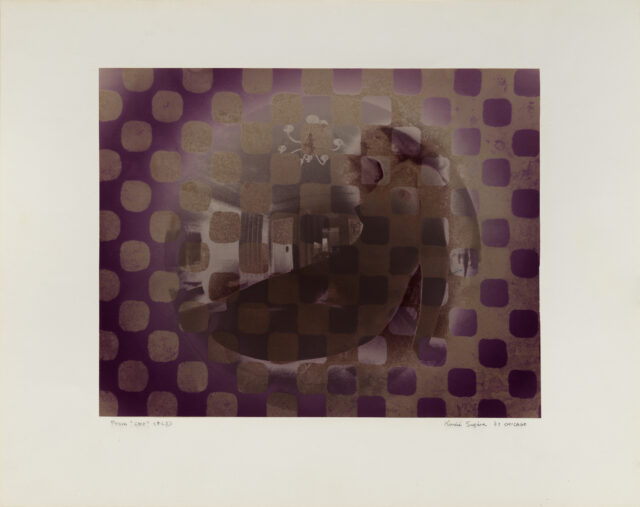
After moving to New York City in 1967, Sugiura began printing on canvas using photo emulsion. Limitations often lead to innovation, and this was the case when, in absence of a dark room, Sugiura utilized photo emulsion on canvas to enlarge her negatives to up to 6 by 8 feet. She sometimes added graphite or acrylic painting after the fact to heighten contrast. Yellow Mum (1969) is an example of work from this period, which features her subject shot at close range, yet closely cropped in a way that creates an image that is both gentle and monolithic.
Photopainting
Deadend Street (1978) is an example of Sugiura’s ongoing approach to combine photography with painting and other media in what became her Photopainting series. She began to pair photographs printed on canvas with painted panels in a single work, often enclosing them together with wooden supports, sometimes with a pause of empty space in between. Deadend Street builds an atmosphere around her moody street photography using paint. The solid panels are reminiscent of Color Field painting, made popular in the New York art world in the 1950’s and 1960’s.
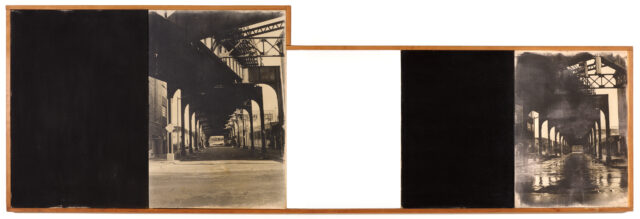
exchange, through gifts of Peggy Guggenheim and Mr. and Mrs. Louis Honig (© Kunié Sugiura;
photo: Tenari Tuatagaloa)
The Photogram Technique
During the 1980’s, Sugiura experimented with the photogram technique, which allowed her to create images on a light-sensitive surface without the use of a camera. The silhouettes and movements of small animals, flowers and human figures are recorded via photogram. A selection of Sugiura’s photograms will be on view including portraits of artists Jasper Johns, Daido Moriyama, Dennis Oppenheim and Bill T. Jones, from her Artist Papers series, as well as an homage to Atsuko Tanaka’s iconic 1956 performance Electric Dress.
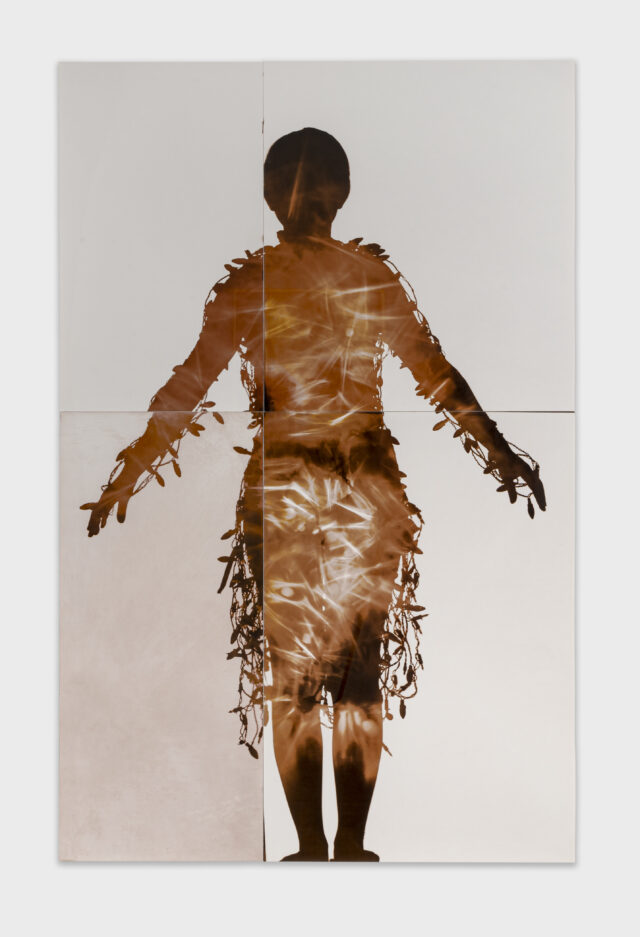
Dario Lasagni)
Sugiura became fascinated by the X-rays that were taken of her body during a time when she experienced some health issues in the early 1990’s. Curiosity about this treatment lead her to incorporate prints made from X-ray negatives into her work in various ways, including the installation Racks (1994). The Racks installation displays the high contrast prints in racks not unlike the postcard racks seen in stores — or in museum gift shops. The images are seen with that sense of fun and play, and the pop idea of multiples in small racks extending toward the ceiling, her work appearing like a commodity for quick sale. During the pandemic, Sugiura returned to using X-ray negatives in her most recent works in this collection.
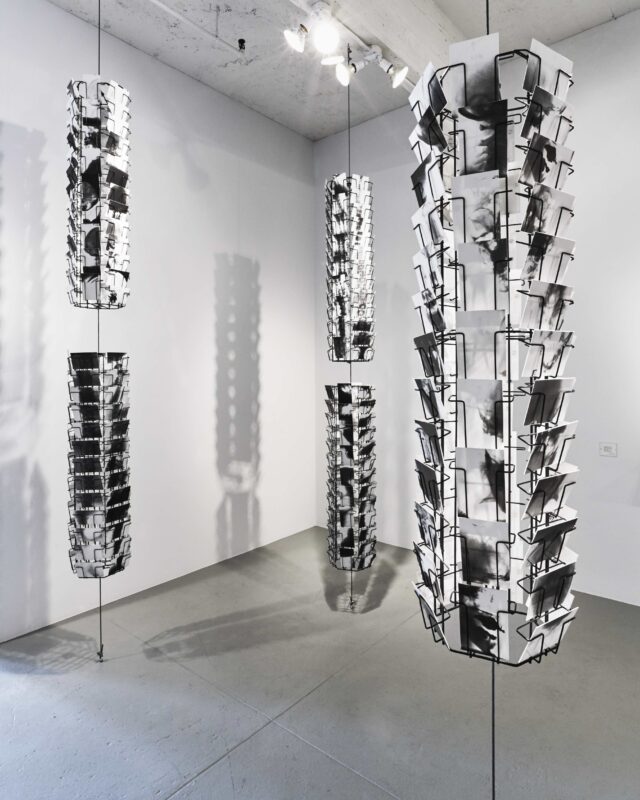
Blending mediums in unconventional ways while abandoning traditional notions of art gives her imagery a particular identity that is singularly her own. Kunié Sugiura’s body of work challenges and expands what photography can be, what painting can communicate, and gives blended art a legitimacy as a serious visual art form.
“Kunié Sugiura: Photopainting” is exhibiting April 26 – September 14 at the San Francisco Museum of Modern Art, 151 Third Street.
Sharon Anderson is an artist and writer in Southern California. She can be reached at mindtheimage.com

